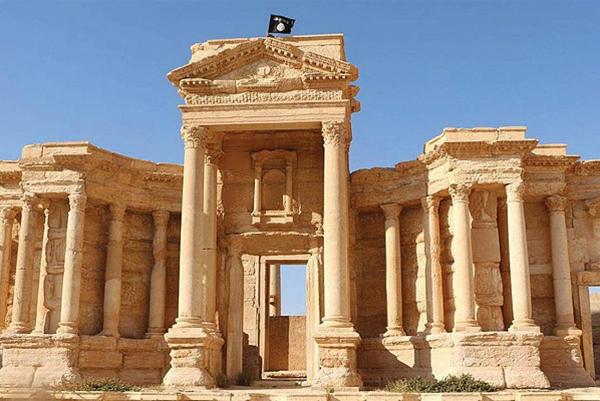In another act of cultural vandalism Islamic State (IS) has destroyed two ancient Islamic tombs at Palmyra. The reports come a month after the group seized control of the ancient city and three days after media reports stated that IS militants had planted landmines inside the temples and monuments of the 2,000-year-old World Heritage Site in Syria.
Both mausoleums were located outside of Palmyra’s main Roman ruins and Syrian officials have stated that no Roman remains were damaged in the explosion. The destroyed shrines have been identified as those of Mohammed bin Ali, who was a descendent of the Prophet Mohammad’s cousin, and the Sufi scholar Nizar Abu Bahaaeddine.
Speaking to Agence France-Presse, the head of Syrian antiquities Maamoun Abdulkarim, stated: “They [IS] consider these Islamic mausoleums to be against their beliefs, and they ban all visits to these sites.” This is the first confirmed report of damage near the World Heritage Site since the militants seized control of the area in May. At the time, Unesco’s director-general, Irina Bokova, released a statement calling for the immediate cessation of hostilities at “one of the most significant sites in the Middle East”.
There were reports that the ancient site was damaged by mortar fire in the fighting between President Assad’s troops and Syrian rebels, in 2013. Among the ancient buildings hit was the Temple of Baal.
According to the website of Syria’s Director-General of Antiquities and Museums, the tomb of Mohammed bin Ali is on a hill around 4 kilometres north of Palmyra and the tomb of Nizar Abu Bahaaeddine is in an oasis around 500 metres from the site’s Arch of Triumph. The mausoleum of Nizar Abu Bahaaeddine is approximately 500 years old.

